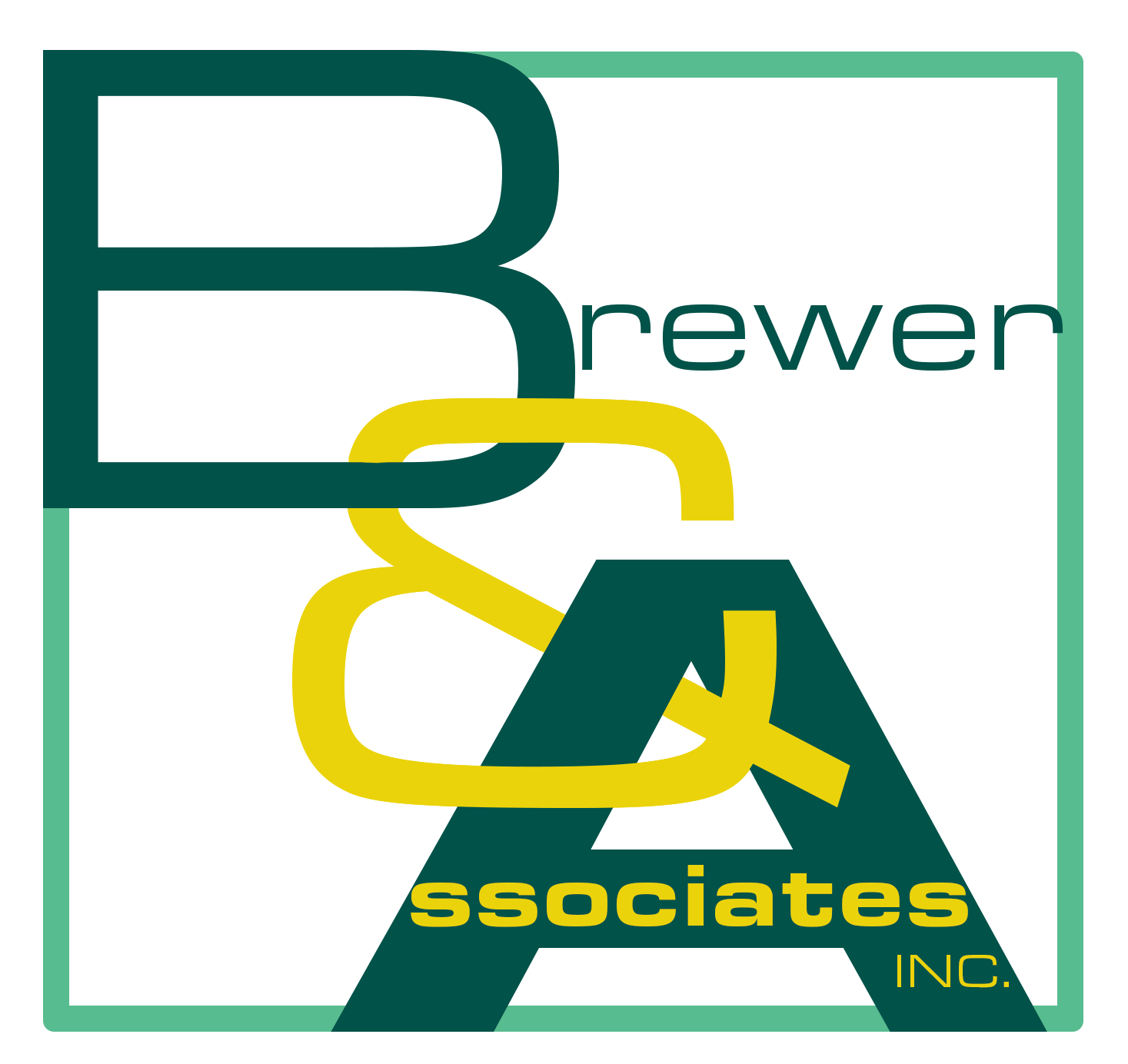How should I get started?
To get started as a nonprofit organization, you must first decide how you want to get started. For example, do you want to operate under another organization until you have a proven service delivery model or do you want to become your own 501C3 nonprofit organization with all of the responsibilities of running the business a program side.
What is the role of the Board of Directors?
A board has three primary roles. They are:
- Duty of Care: The board must consider how every decision it makes will impact the business and then act accordingly. For example, not every board member needs to be a financial expert, but to carry out his/her fiduciary responsibilities, he/she does need a basic understanding of finances, such as reading a monthly financial statement.
- Duty of Loyalty: Board members must be loyal to the organizations they serve. This involves acting in the best interest of the organization, rather than for their own personal gain. If there is a conflict of interest, a director is required to disclose it in writing to the board.
- Duty of Obedience: Board members must understand the laws and rules that affect the organization and ensure they’re followed.
How many board members should our organization have and from what professions?
We recommend a board be between nine and thirteen individuals with diverse backgrounds, the important professionals for any board is an attorney, an accountant, a technology expert, a social media expert, and a marketing expert. We also recommend members recruited based on whom the organization serves (i.e. youth, healthcare, financial literacy, education.)
Where can I find potential board members?
Board members are often recruited within one’s own social network. Consider who do you bank with, who is your insurance with, where did you attend college, attend church, what are your personal and professional affiliations. You may also post an announcement in local print and online newsletters, as well as on social media sites such as Facebook and LinkedIn. Please note, the best candidates are often recruited from your existing board members.
What is a strategic plan and how do I complete one?
Nonprofit strategic planning is the process of identifying elements of a blueprint that will help your organization accomplish its goals. It requires your organization to create goals and objectives and make decisions about how you will achieve each. It does not have to be a long document. In some cases, having a one-page document that outlines for your goals for the next eighteen months is a good start.
What types of programs do donors fund?
Donors fund a myriad of charitable activities. The key is making sure that your mission and program aligns with the donor’s funding priorities.
What should be included in an organization’s budget?
A budget isn’t a prediction of what your expenses will be for the year. It should be based on hard numbers based on previous performance with room for growth. A nonprofit budget is a living, financial document that provides an overview of how your organization plans to raise and spend its money. Depending how large your organization is and what is a fundable expense will determine the line items included in your organization budget. It should include line items for revenue and line items for expenditures.
Revenue should include all sources of revenue such as funding strategies individual donations, corporate giving, grants, and special events. Other revenue sources could include fee for services and in kind many Expenses could include personnel, fringe benefits, rent, utility bills, internet fees, printing, postage, equipment and technology. Remember, the budget is your financial story and should be clear and concise.
Can I submit the same budget to different donors?
No. Each funder has its own budget activities that it will support. Therefore, your budget must fit what the donor/funder will fund. Please be sure to review the funder/donor’s website to determine if it has a budget template that must be completed.
What is a grant?
A grant is a conditional financial award given by to an entity (i.e. individual, company, foundation, or government) to an individual or a company to facilitate a goal or incentivize performance, usually for charitable for purposes.
